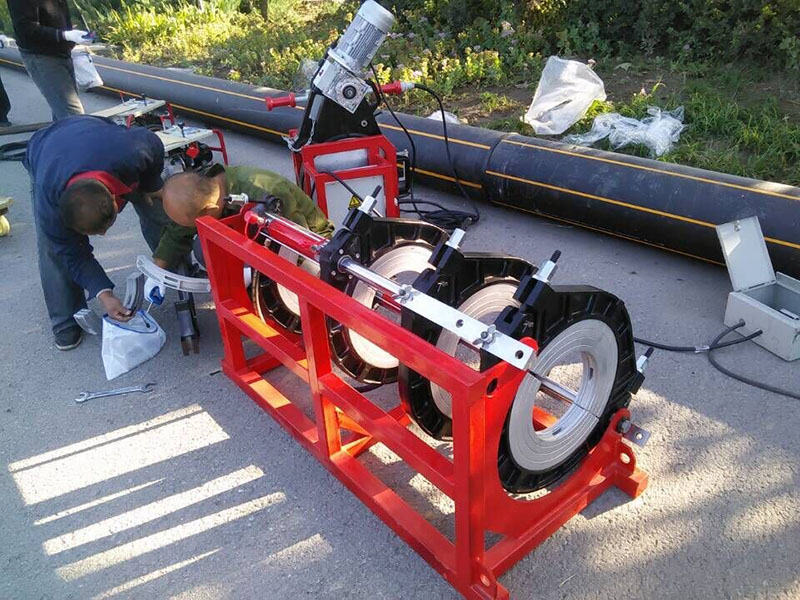
Polyethylene pipeline systems have been used by our customers for drinking water supply since their introduction in the 1950s. The plastics industry has taken great responsibility in ensuring that the products used do not adversely affect water quality.
The range of tests undertaken on PE pipes normally covers taste, odour, appearance of water, and tests for growth of aquatic micro-organisms. This is a more extensive range of tests than is currently applied to traditional pipe materials, such as metals and cement and cement lined products, in most European countries. Thus there is a greater confidence that PE pipe can be used for potable water supply under most operating conditions.
There is some variation in such national regulations and test methods used between the countries in Europe. Approval for potable water application has been granted in all countries. The following bodies’ approvals are recognised in other European countries and sometimes more globally:
UK Drinking Water Inspectorate (DWI)
Germany Deutsche Verein des Gas- und Wasserfaches (DVGW)
Netherlands KIWA NV
France CRECEP Centre de Recherche, d’Expertise et de
Contrôle des Eaux de Paris
USA National Sanitary Foundation (NSF)
PE100 pipe compounds should be formulated for use in potable water applications. Moreover PE100 pipe can be manufactured from either blue or black compound with blue stripes identifying it as suitable for use in potable water applications.
Further information regarding approval for potable water use can be obtained from the pipe manufacturer if required.
In order to harmonise the regulations and to ensure that all materials used in contact with drinking water are treated in the same way, the EAS European Approval Scheme is being developed, based on European Commission
|
UK |
Drinking Water Inspectorate (DWI) |
|
Germany |
Deutsche Verein des Gas- und Wasserfaches (DVGW) |
|
Netherlands |
KIWA NV |
|
France |
CRECEP Centre de Recherche, d’Expertise et de |
|
USA |
National Sanitary Foundation (NSF) |
Directive 98/83/EC. This is being overseen by a group of the European Water Regulators, RG-CPDW – Regulators Group for Construction Products in Contact with Drinking Water. It is intended that the EAS will come into force in 2006 in a limited form, but it seems unlikely that it can be fully implemented until a considerably later date when test methods are in place for all materials.
Plastic pipes for drinking water are tested rigorously by each EU Member State. The raw materials suppliers’ association ( Plastics Europe ) has long advocated using food contact plastics for drinking water applications, because food contact laws are the most stringent to safeguard consumers’ health and use toxicological evaluations as required in the guidelines of the European Commission’s Scientific Committee for Food (one of the committees of the EU Food Standards Agency). Denmark, for example, uses food contact legislation and uses additional safety criteria. The Danish drinking water standard is one of the most onerous in Europe.
Post time: Jun-03-2019
